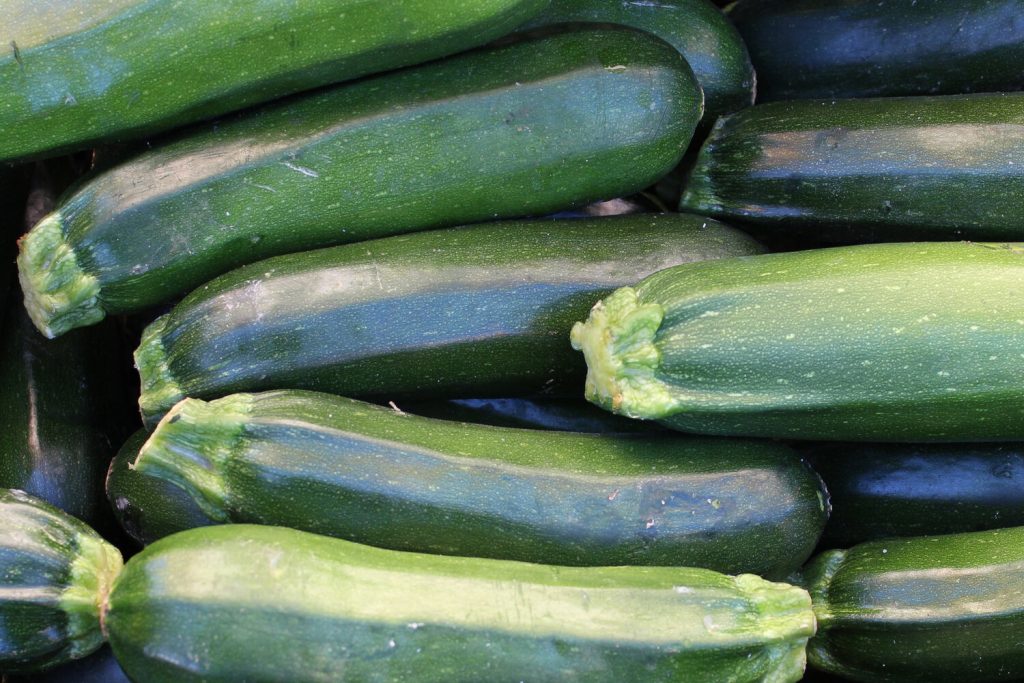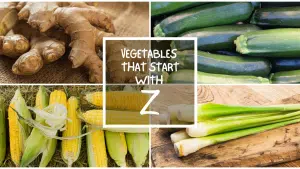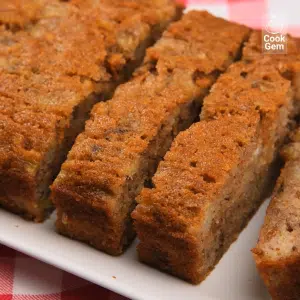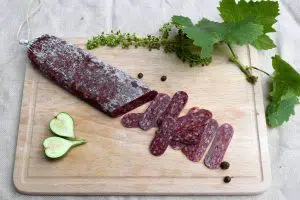How To Tell If Zucchini Is Bad?
Important Note: When you buy through our links, we may earn a commission. As an Amazon Associate we earn from qualifying purchases. Content, pricing, offers and availability are subject to change at any time - more info.
Zucchini is a wonderfully versatile squash that is very easy to grow. When in season, they’re cheap to buy from the supermarket or farm stand. But this ubiquitous squash has a dark side. It can go bad and cause toxic squash syndrome.
- About Zucchini
- Buying Zucchini
- Growing and Harvesting Zucchini
- What Does Bad Zucchini Look, Smell and Taste Like?
- What Happens If You Eat Bad Zucchini?
- Zucchinis And Toxic Squash Syndrome
- How to Store Zucchini
- How To Freeze Zucchini
About Zucchini
While they’re classed as fruit rather than vegetable, zucchini is one of the most rewarding edible plants to grow. Zucchini plants can produce many flowers that can ripen into squash in little over a month. They’re also reasonably bland tasting, so people use them to bulk up stews, as healthy additions to cakes and muffins, and on their own as roasted or fried vegetable sides.
Buying Zucchini

The most common type grown and bought in stores is a dark green variety known as Black Beauty, but zucchini can also be pale, striped, spotted, and yellow. Zucchini fruit also comes in different shapes; some are egg-like, while others are long and bulbous.
When buying zucchini, always choose firm fruit without dents or cuts. If the fruit feels soft or the skin looks pale and shriveled, skip it. If it’s pre-packaged, besides inspecting the appearance, avoid packages with liquid pooling in the bag or tray.
Growing and Harvesting Zucchini
Zucchini is marrow, part of the same family that gives you pumpkins, butternuts, and other squashes. A wonderfully abundant plant, the fruit needs to be picked at the right time to be at its best. Zucchini squash is used in a range of dishes but they are especially popular in vegan alternatives like this vegan pesto lasagna.
When picked too late, zucchini will be large and tasteless — or worse, bitter — and not great for cooking. Pick zucchini when they are approximately 5”-7” long, though you can harvest them when they’re smaller if you choose. Harvesting the zucchini fruit will not damage the plant and will stimulate new growth and flowers for even more zucchini.
What Does Bad Zucchini Look, Smell and Taste Like?
When you cut open a zucchini, the flesh inside should be pale and firm, with a texture almost like hard butter. It should not be soft or slimy. If only part of the zucchini has gone soft, but the rest of it is fine, you can cut out the mushy, rotten area, dispose of it, and use the rest of the zucchini in your cooking.
Fresh zucchini will have a mild, grassy fragrance so any stronger odor is a sign the zucchini is bad. Taste-wise, fresh zucchini is rather bland. If it tastes bitter, let it go!
If your zucchini is past the one-week mark and still looks, tastes and smells good, you should still have good results if you’re cooking it or using it for baking, but best not to serve it raw.
What Happens If You Eat Bad Zucchini?
Edible plants such as fruit or vegetables can be contaminated by germs such as Listeria, E.Coli, or Salmonella, so always take the necessary precautions such as washing your hands when handling fresh produce and cleaning your fruit and vegetables thoroughly before using them.
The symptoms of food poisoning generally begin a few hours after eating spoiled food and are usually mild. Severe cases may need hospitalization. Look out for nausea, vomiting, and diarrhea.
Zucchinis And Toxic Squash Syndrome
Zucchinis have chemicals called cucurbitacins which produce a bitter flavor and can cause stomach upset and illness in humans. All plants in the Cucurbitaceae family produce this toxic chemical as part of their defense against being eaten by insects. Generally, cultivated squash varieties have less of this compound than their wild relatives.
While our domestic zucchini has less of this compound, sometimes home-grown zucchini can be cross-pollinated with wild strains by bees or other insects. Cucurbitacin can also be increased if the plant is under stress when growing – things such as poor soil or fertilizer or not enough water.
A zucchini with too much cucurbitacin will taste bitter. If you ever have a bite of zucchini (or any other squash or cucumber) that tastes exceptionally bitter, do not swallow but spit it out and dispose of the fruit.
How to Store Zucchini

Zucchini should be stored in the fridge for up to a week. Washing a zucchini will make it rot sooner, so only wash a zucchini before you plan to use it.
Keep whole zucchini in a crisper drawer or in a bag with one end of the bag open to keep moisture from collecting.
If you have to store zucchini for longer, it is best to prepare and freeze them. Properly prepared frozen zucchini should last for about three months in the refrigerator.
How To Freeze Zucchini
While you can’t freeze raw zucchini, you can blanch cut pieces and freeze them. Blanching is a quick and straightforward process
- Bring to the boil a pot of water, large enough to cover the sliced zucchini
- Put the zucchini slices into the boiling water
- Allow them to boil for 1-2 minutes.
- The zucchini is ready when its color brightens.
Drain the zucchini then place in cold water or an ice bath to stop cooking. Drain again and pat down with paper towels to remove excess water. Pack the zucchini into freezer bags or containers. Remove as much air as possible for best results. Under the best conditions, frozen zucchini can last 6 months in the freezer.
























